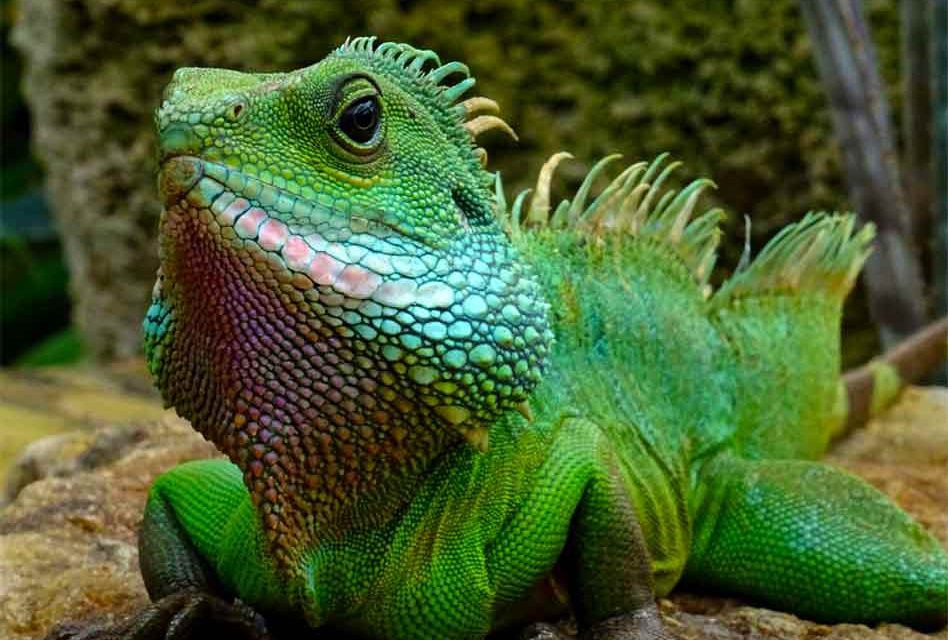We’re in for another cold snap in Florida, so break out the sweaters and jackets, make sure the kiddos are dressed in layers, turn on the heated seats in your car or truck, and watch out for falling iguanas!
Falling iguanas. Really?
For those of you who are a bit “new” to Florida, you might be surprised to hear that iguanas fall from trees,. Well actually, it’s a rare occurrence, even in the Sunshine state. Green Iguanas are not native to Florida, they are an invasive species in Florida, just like the Burmese Python, wild monkeys, and the giant toxic cane toad.
The first reports of the lizard-like reptiles, according to the Florida Fish and Wildlife Conservation Commission, started in the 1960s in south Florida near Miami. Since then, the Florida iguana population has continued to increase, moving north to as far as St. Lucie County and near the Gulf Coast. Green iguanas can actually grow up to about five feet and weigh in at close to 20 pounds.
“Iguanas are cold-blooded. They slow down or become immobile when temps drop into the 40s and below. So, they can potentially fall from trees, but they are not dead,” the FWC said.
Once it gets cold enough in Florida, iguanas can stiffen up and actually fall out of trees and onto the ground below. Their blood flow slows, enough for them to stiffen up and fall out of trees they may be resting in, but don’t expect them to be laying all over the ground in downtown St. Cloud or Kissimmee, it’s much more likely in Miami-Dade County… but you never know. After all, it is Florida.
So, if you find a stiffened iguana on the ground this weekend during our 3-day cold snap, let it be – it may be stiff and not moving, but it may actually be very alive. And, if an iguana feels threatened… it may bite once it warms up. You’ve been iguana warned.


















